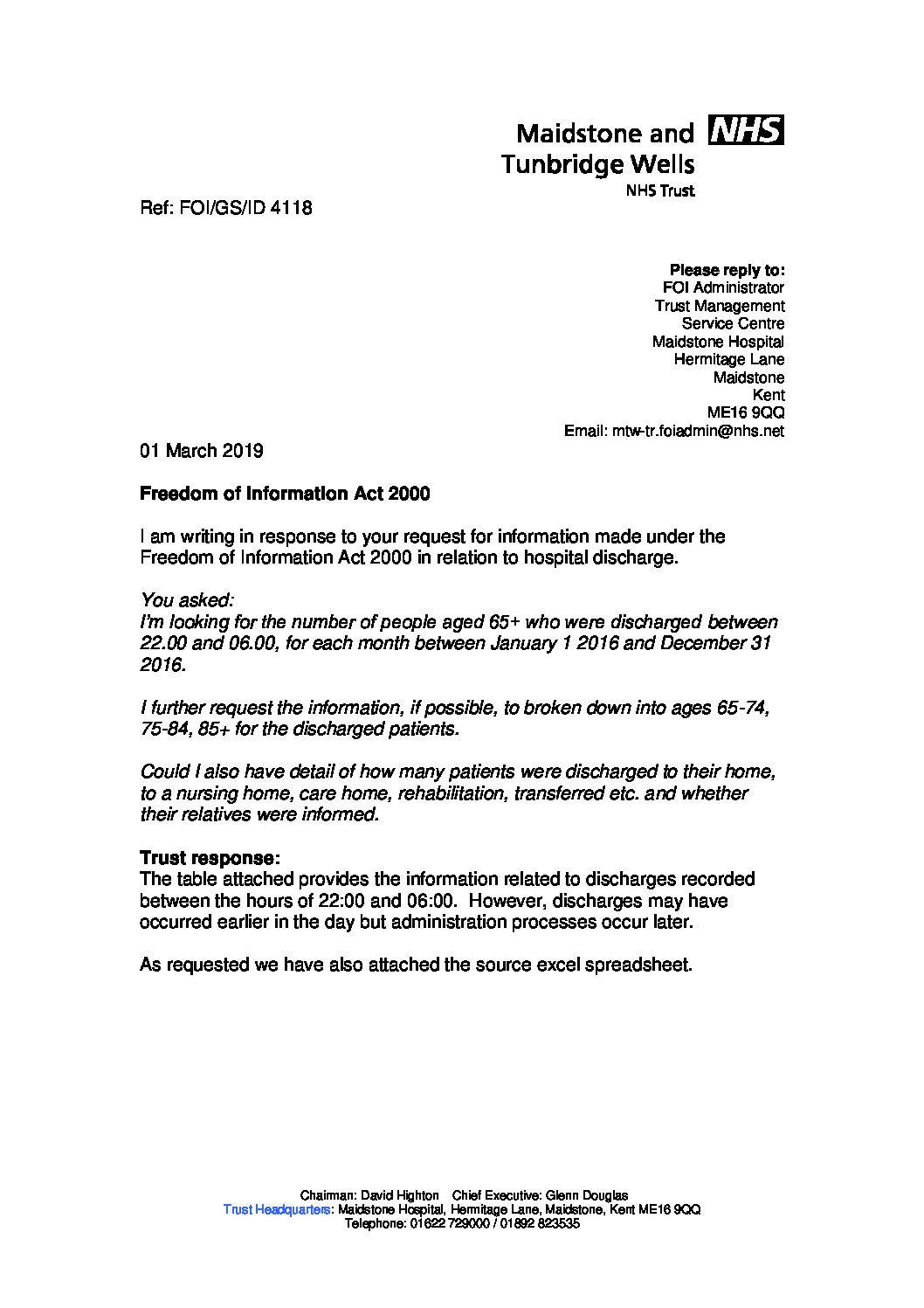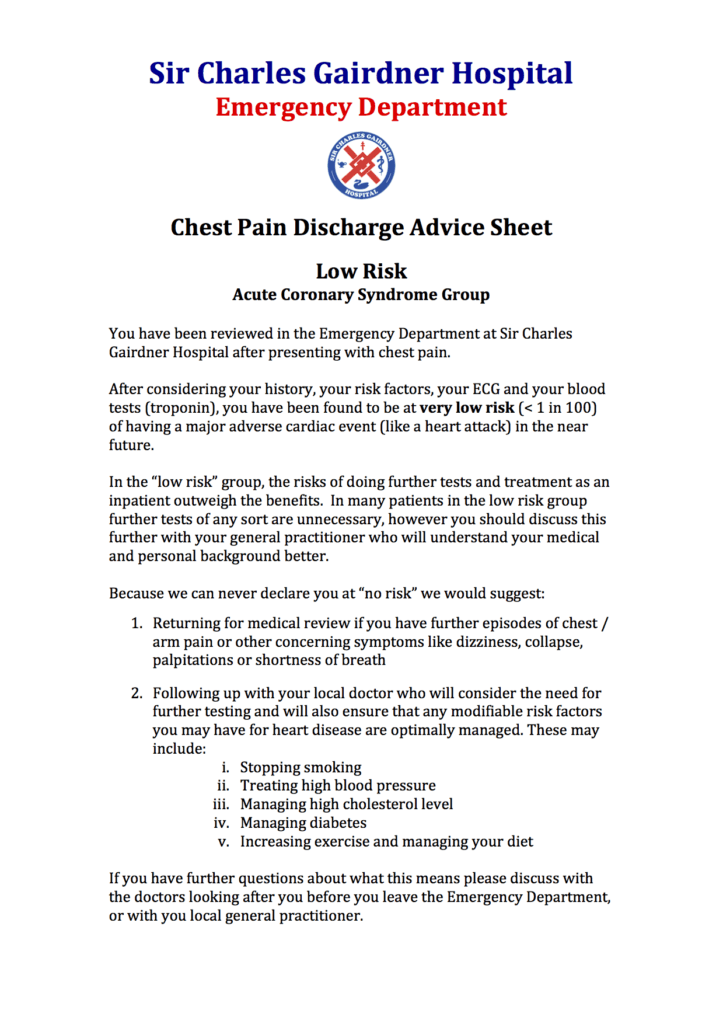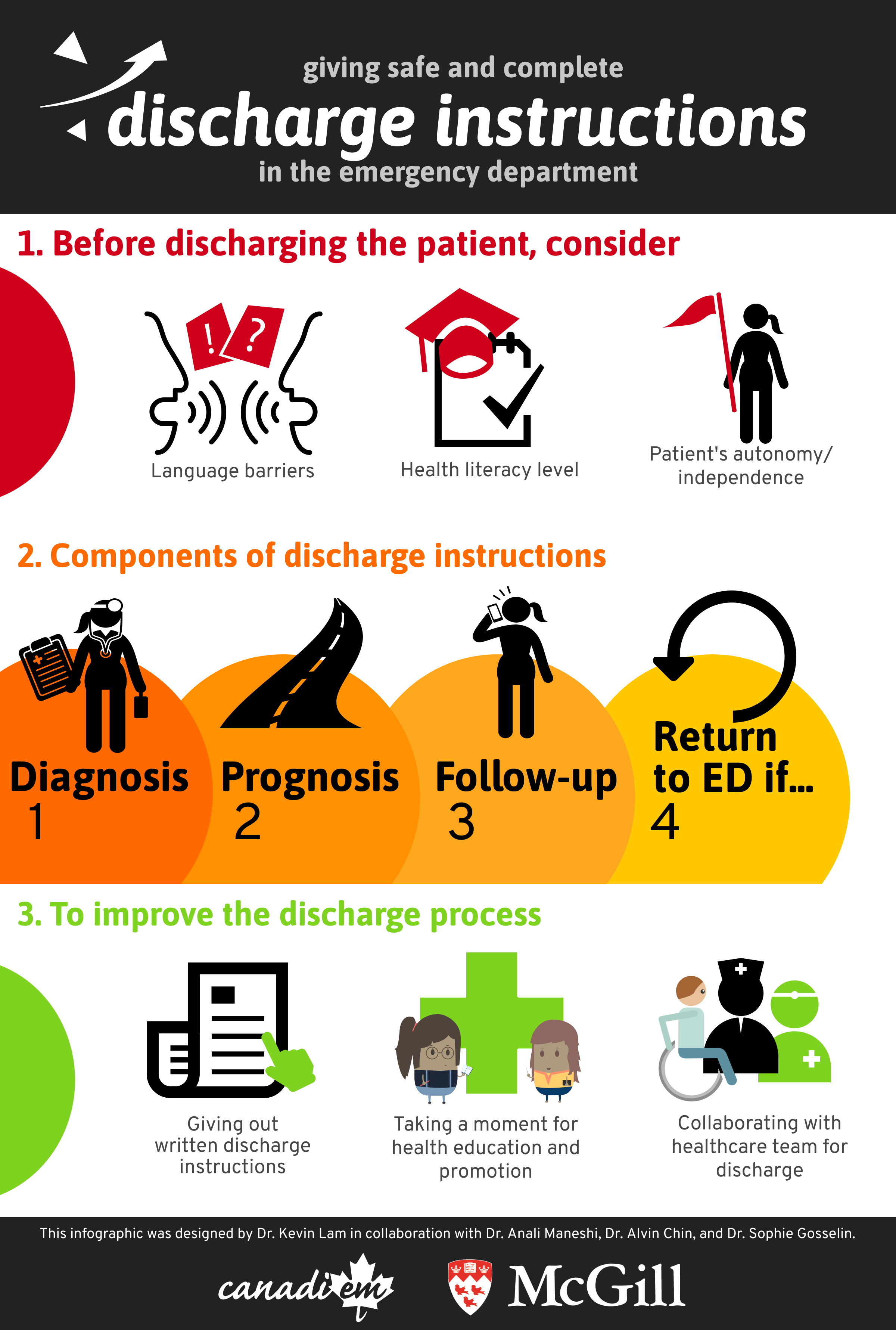Chest Discharge
Chest Discharge - Angina is a type of chest discomfort due to poor blood flow through the blood vessels of the heart muscle. Care guide for chest pain (discharge care). Chest pain may come on when you are stressed or do physical. Possible causes, signs and symptoms, standard treatment options and. If you have chest, shoulder, arm, neck or jaw pain, or the pain that you know as your “heart pain”: If you experience momentary, localized or pinpoint chest pain that gets better with exercise or repositioning, it’s likely not a. Stop what you are doing and rest. Low risk features of chest pain include: Possible causes, signs and symptoms, standard treatment options and. Care guide for chest tubes (discharge care).
Do not try to drive. If you experience momentary, localized or pinpoint chest pain that gets better with exercise or repositioning, it’s likely not a. Chest pain may come on when you are stressed or do physical. Angina is pain, pressure, or tightness that is usually felt in your chest. Possible causes, signs and symptoms, standard treatment options and. Stop what you are doing and rest. Angina is a type of chest discomfort due to poor blood flow through the blood vessels of the heart muscle. Possible causes, signs and symptoms, standard treatment options and. Care guide for chest tubes (discharge care). If you have chest, shoulder, arm, neck or jaw pain, or the pain that you know as your “heart pain”:
Chest pain may come on when you are stressed or do physical. Care guide for chest pain (discharge care). Angina is pain, pressure, or tightness that is usually felt in your chest. Care guide for chest tubes (discharge care). If you have chest, shoulder, arm, neck or jaw pain, or the pain that you know as your “heart pain”: Possible causes, signs and symptoms, standard treatment options and. If you experience momentary, localized or pinpoint chest pain that gets better with exercise or repositioning, it’s likely not a. Low risk features of chest pain include: Do not try to drive. Possible causes, signs and symptoms, standard treatment options and.
Chest radiograph at discharge showing improvement in infiltrates
If you have chest, shoulder, arm, neck or jaw pain, or the pain that you know as your “heart pain”: Angina is pain, pressure, or tightness that is usually felt in your chest. Angina is a type of chest discomfort due to poor blood flow through the blood vessels of the heart muscle. Possible causes, signs and symptoms, standard treatment.
Types Of Discharge In Psychiatric Hospital Printable Forms Free Online
If you have chest, shoulder, arm, neck or jaw pain, or the pain that you know as your “heart pain”: Possible causes, signs and symptoms, standard treatment options and. Do not try to drive. If you experience momentary, localized or pinpoint chest pain that gets better with exercise or repositioning, it’s likely not a. Angina is a type of chest.
Cottage Cheese Discharge During Pregnancy
Low risk features of chest pain include: Stop what you are doing and rest. Do not try to drive. Care guide for chest tubes (discharge care). If you experience momentary, localized or pinpoint chest pain that gets better with exercise or repositioning, it’s likely not a.
Chest xray at discharge. Chest xray at 78 day of life showing the
Possible causes, signs and symptoms, standard treatment options and. If you have chest, shoulder, arm, neck or jaw pain, or the pain that you know as your “heart pain”: Angina is pain, pressure, or tightness that is usually felt in your chest. Chest pain may come on when you are stressed or do physical. If you experience momentary, localized or.
Low Risk Chest Pain Discharge Advice Sheet SCGH ED Charlie's ED
Possible causes, signs and symptoms, standard treatment options and. Do not try to drive. If you have chest, shoulder, arm, neck or jaw pain, or the pain that you know as your “heart pain”: Angina is pain, pressure, or tightness that is usually felt in your chest. Possible causes, signs and symptoms, standard treatment options and.
Nipple Discharge 6 Causes and How to Deal With Them
Angina is pain, pressure, or tightness that is usually felt in your chest. Care guide for chest tubes (discharge care). If you experience momentary, localized or pinpoint chest pain that gets better with exercise or repositioning, it’s likely not a. Angina is a type of chest discomfort due to poor blood flow through the blood vessels of the heart muscle..
Chest radiograph at hospital discharge. Download Scientific Diagram
Possible causes, signs and symptoms, standard treatment options and. Possible causes, signs and symptoms, standard treatment options and. If you experience momentary, localized or pinpoint chest pain that gets better with exercise or repositioning, it’s likely not a. Angina is a type of chest discomfort due to poor blood flow through the blood vessels of the heart muscle. Angina is.
It's A Fetish
Do not try to drive. Stop what you are doing and rest. Angina is pain, pressure, or tightness that is usually felt in your chest. If you experience momentary, localized or pinpoint chest pain that gets better with exercise or repositioning, it’s likely not a. Angina is a type of chest discomfort due to poor blood flow through the blood.
Infographic Giving Safe and Complete Discharge Instructions in the
Do not try to drive. Stop what you are doing and rest. Care guide for chest pain (discharge care). Possible causes, signs and symptoms, standard treatment options and. Angina is a type of chest discomfort due to poor blood flow through the blood vessels of the heart muscle.
Chest Xray after discharge from the ICU. Total recovery of pulmonary
If you experience momentary, localized or pinpoint chest pain that gets better with exercise or repositioning, it’s likely not a. Angina is pain, pressure, or tightness that is usually felt in your chest. If you have chest, shoulder, arm, neck or jaw pain, or the pain that you know as your “heart pain”: Chest pain may come on when you.
Chest Pain May Come On When You Are Stressed Or Do Physical.
Care guide for chest pain (discharge care). If you experience momentary, localized or pinpoint chest pain that gets better with exercise or repositioning, it’s likely not a. Angina is a type of chest discomfort due to poor blood flow through the blood vessels of the heart muscle. Possible causes, signs and symptoms, standard treatment options and.
Care Guide For Chest Tubes (Discharge Care).
Angina is pain, pressure, or tightness that is usually felt in your chest. Stop what you are doing and rest. Do not try to drive. If you have chest, shoulder, arm, neck or jaw pain, or the pain that you know as your “heart pain”:
Possible Causes, Signs And Symptoms, Standard Treatment Options And.
Low risk features of chest pain include:








